Quick to enquire
Silk Road Overview
"Silk Road" was coined by the German geographer F. Von Richtofen in 1877. It refers to the major trade route linking China with Southwestern and Central Asia and India. Starting during the Han Dynasty (202 BC-220 AD), this route was used to transport a variety of trade goods, of which silk was the most important.
For two thousand years the Silk Road hosted a great number of contacts between cultures and nations, bringing goods, technologies and ideas to the ends of both Asia and Europe. Its fabled travelers included Monk Xuanzang, Genghis Khan and Marco Polo. The Great Wall of China was built (in part) to protect its route from bandits.
From the Silk Road, Buddhism spread into China from India. Islam credits its spread alo ng this road as well. Mathematics, astronomy, and medicine traveled east and west, along with different forms of music, dance, painting, and other art forms. Traded goods included silk, jade, spices, ginger, tea, peach and pear trees, porcelain, papermaking, printing, and gunpowder. From Europe and the Mediterranean came glass, grapes, cotton, wool, gems, ivory, and larger breeds of horses. Most traded goods were small and of high value, due to the length of the journey these items had to make.
ng this road as well. Mathematics, astronomy, and medicine traveled east and west, along with different forms of music, dance, painting, and other art forms. Traded goods included silk, jade, spices, ginger, tea, peach and pear trees, porcelain, papermaking, printing, and gunpowder. From Europe and the Mediterranean came glass, grapes, cotton, wool, gems, ivory, and larger breeds of horses. Most traded goods were small and of high value, due to the length of the journey these items had to make.
Although modern society is no longer dependent upon this ancient and time consuming method of interaction, the history and spirit of the Silk Road are still a dream sought by tourists either from the East or the West.
Recommended Silk Road Tours
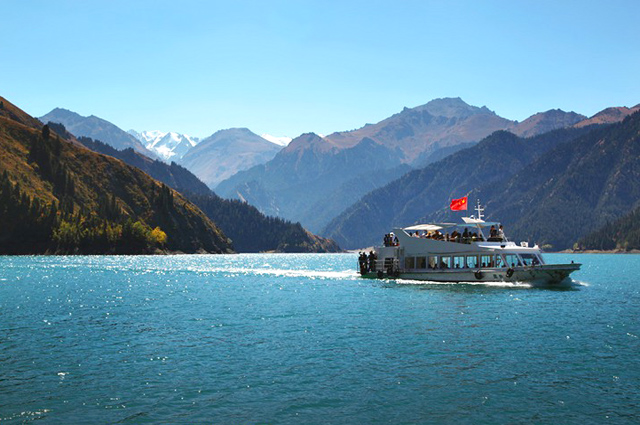
A top choice for you to explore Beijing & Luoyang and legendary Silk Road, along with the fantasitc train experience on the luxury China Orient Express featuring comfortable stay and high quality service. This cheerful train journey is held once a year, offering two itineraries for you (Beijing - Urumqi, or Xi'an - Urumqi).
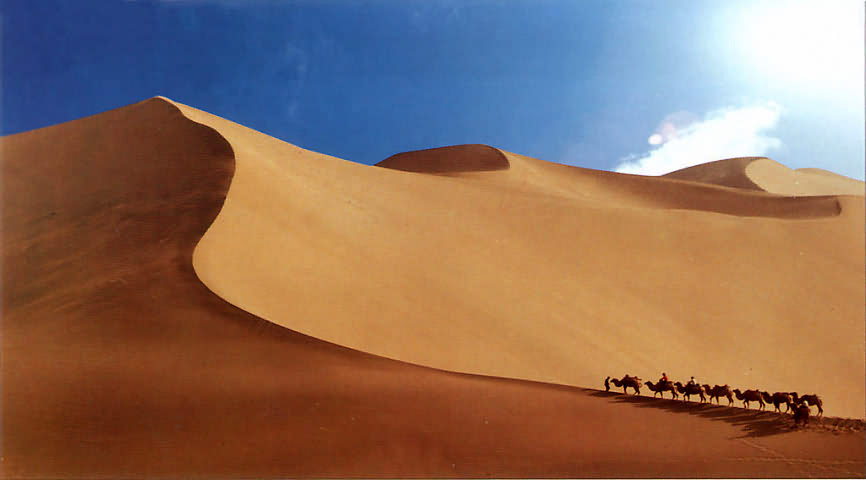
Looking for adventure, you've found it! We combine the spectacular Great Wall & Forbidden City and Entombed Warrior with the mysterious sights, sounds & smells of China's Silk Road. The mysterious Silk Road awaits those who want adventure.
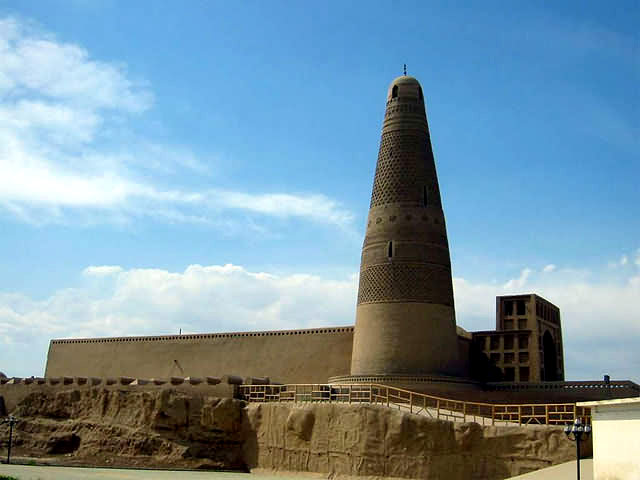
The tour combines large amount of historic heritage along the legendary Silk Road and the classic attractions of two ancient capital cities Beijing & Xi'an. Join it, you'll be addicted to the fragrance of history, folk customs, Buddha art and imperial grandeur.
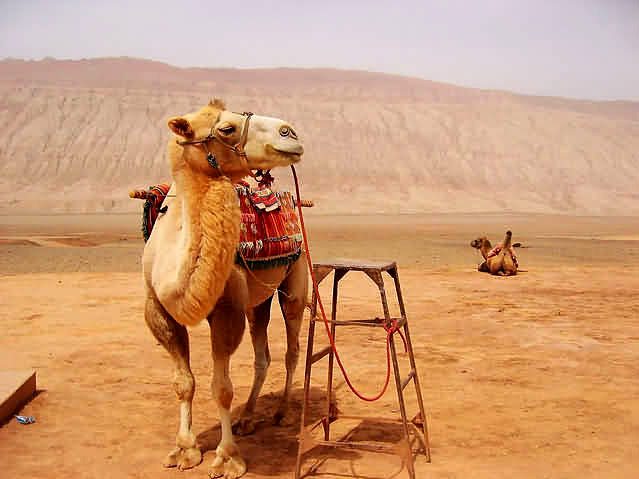
This tour covers the main destinations along Silk Road, which is a must for anyone with an interest in the Orient. Along the way you will catch a glimpse of oases, towns and cities from China's far Western province Turpan, Urumqi, Dunhuang, to the northwestern Tibet. From north to south, you canenjoy the historical heritage cultures and appreciate spectacular views.
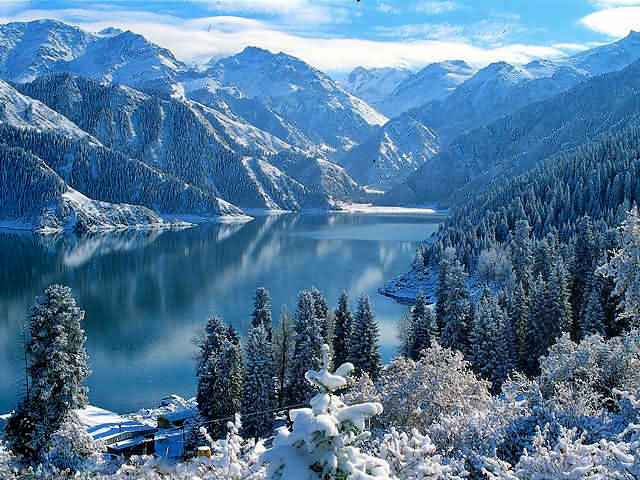
Following the mysterious and historical ancient trade route, through rugged landscapes to distant cities that are quite different from the eastern metropolises, you will catch a glimpse of how east and west met hundreds of years ago.
Guide for China tour,offers most value & amazing experience. In China,you can reply on us
Copyright © 2001 - 2025. All Rights Reserved to ChinaTourGuide.Com
Hotel Guangzhou | Guizhou Tours | Hong Kong Hotels | 棣欐腐閰掑簵 | 骞垮窞閰掑簵 | 骞垮窞浼氳閰掑簵 | Indochina Tour
Guide for China tours, offers most value & amazing experience. Chinatourguide.com. Your reliable China tour agency.


